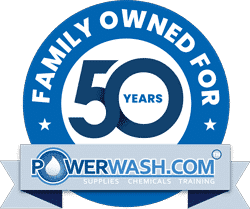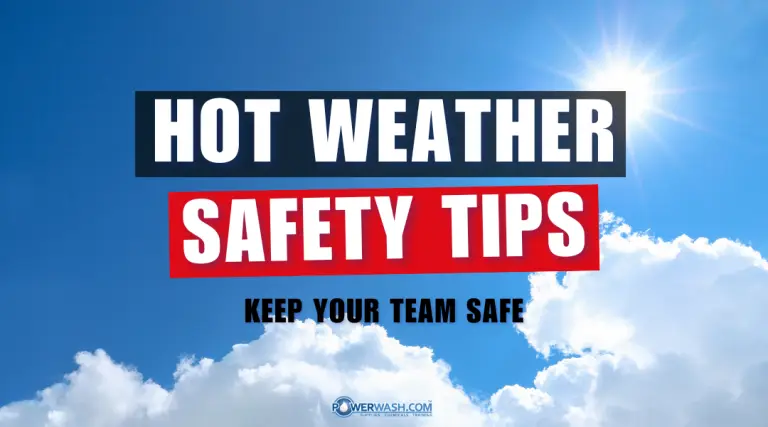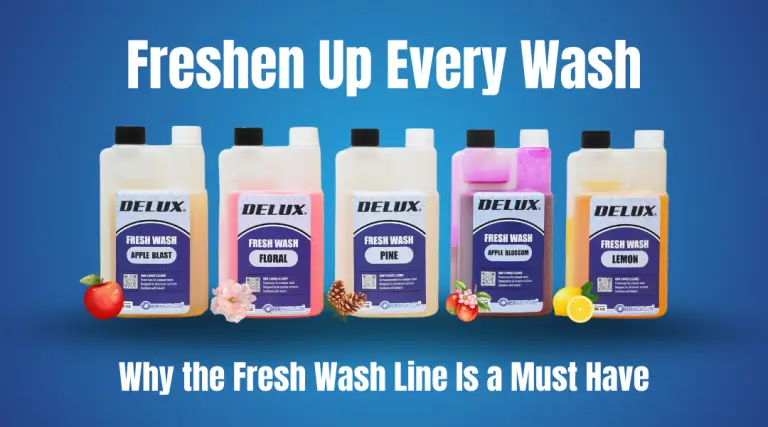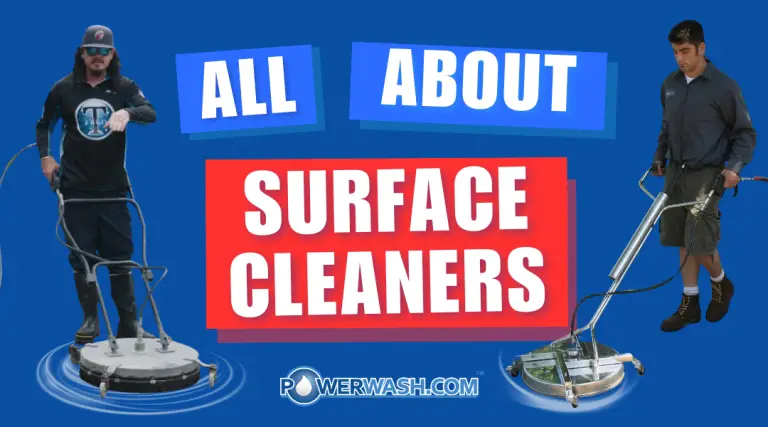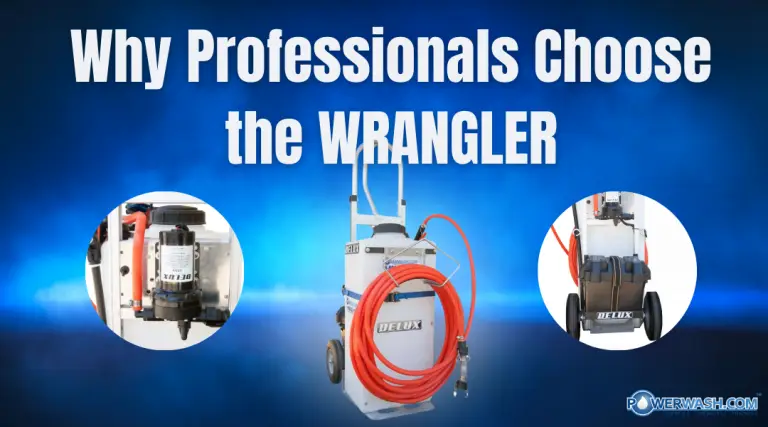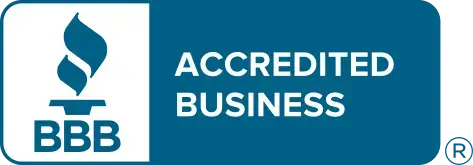- Home
- /
- Power Wash Spray Tips
- /
- Ten Things You Might Not Know About Downstream injectors
Subscribe To Our Newsletter
Stay in the know on the latest products, deals, events, tips & tricks.
Social Media
Ten Things You Might Not Know About Downstream injectors
-
Too much hose can cause downstrem injectors to stop working.
The more pressure hose the more resistance there is to push the water through the hose. This creates back pressure and reduces the velocity of the fluid through the constricted area in the downstream injector. So typically downstream injectors will work up to about one hundred and fifty feet of pressure hose before they stop drawing chemical.
-
Gravity can cause downstream injectors to stop working.
As the low pressure nozzle gets higher than the down stream injector the back pressure increases until it reaches the point that it will no longer draw chemical. This usually begins to happen at distances of ten feet and higher, and can be less based on the length of pressure hose.
-
Downstream injectors are designed to work in one direction.
All downstream injectors have an arrow on the body to indicate the direction of flow. If you put it on backwards, you will still be able to get flow, but you will not be able to draw soap.
-
Downstream Injectors are designed for a specific flow range.
Downstream injectors work by restricting flow and creating a vacuum. This is known as the venturi effect. An orifice that is too large will not restrict the flow enough to create a vacuum. An orifice that is too small will create too much vacuum and also create back pressure which is bad for your pump. The standard ratings are 2-3, 3-5 & 5-8 gpm. They assume that the operator is using about 100 feet of pressure hose.
-
A fixed injector will draw soap at a fixed rate.
A higher gpm pressure washer will have a higher dilution ratio.
You can control the ratio by mixing stronger or weaker mixes.
An adjustable injector will allow you to adjust the rate of draw and change the dilution rate on the fly. More control over the soap usage means more control over costs.
-
All downstream injectors will dilute your mixture.
Pay attention to soap concentrations when you buy chemical. In order to use a downstream injector, the end solution of the chemical being applied must be effective at dilution rates of 8-1 and higher.
-
Downstream injectors last a lot longer if you rinse them out after every job.
Caustics and acids left in your injector, line, gun, and wand can cause them to wear our quickly. Before you put your equipment away for the day, it is best to place your chemical line in a bucket of clean water and flush out the line. Then make sure the external surfaces are clean.
-
They can be placed at the beginning or the end of your hose.
You could use a roll over nozzle holder to switch between high and low pressure if you prefer to use your chemical injector at the beginning of your hose. This way you can change pressure and leave the injector in the line. No need to return to the machine to turn off the soap. But, what if you need more than 100 feet of hose? No problem, just move the injector down the line. It can even go on the end of your wand just before your nozzle.
-
A soap line strainer is a must have item.
Debris can cause abrasion in your lines and even get stuck causing restrictions. This causes your equipment to wear faster. Clogged nozzles and guns can also require you to stop a job for a field repair. Time is money.
-
You can use an upstream injector and a downstream injector at the same time.
Let’s say that you want to clean concrete with Clearly Clean X-Treme, and you also want to add Blue Boost. You could use an upstream injector for your Blue Boost to meter into your flow before the pump. Then you could introduce the caustic Clearly Clean x-Treme with a downstream injector.
Share This Post
More To Explore
Beat the Heat: Summer Safety Tips for Power Washing Professionals
Protect Your Crew. Protect Your Equipment. Protect Your Business. When the summer sun blazes, pressure washing jobs don’t stop—but the ...
Soft Wash Additive That Smells Amazing? Meet Fresh Wash
Freshen Up Every Wash Soft washing is all about precision, power, and presentation — and nothing completes a job like ...
Mastering the Art of Pressure Washing: Key Insights on Surface Cleaners
For professionals in the pressure washing industry, a surface cleaner is an indispensable tool, particularly for those who specialize in ...
The Wrangler™ Chemical Sprayer: The Ultimate Tool for Professional Cleaning Applications
For commercial cleaners and pressure washing professionals, efficient chemical application is key to achieving the best results. The Wrangler™ Chemical ...
